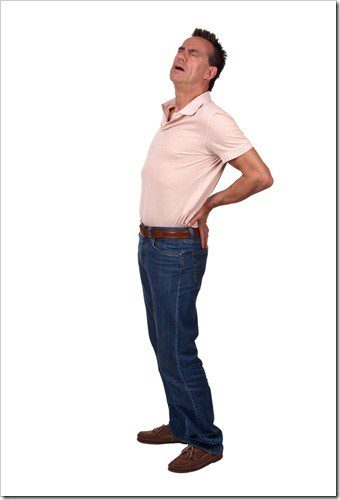
What is stenosis?
Spinal stenosis occurs when the spinal canal narrows, which may be down to a variety of reasons, including mechanical problems brought on by age, thickened ligaments, infection, abscess, developmental or congenital abnormalities, degenerative changes, dislocated or fractured vertebra, or a spinal cord tumor. Lower back pain, limping, and numbness in the legs can result from stenosis, although not always because it is often a degenerative condition that may be in evidence for years without causing any noticeable symptoms. What can trigger symptoms is some sort of trauma, perhaps a fall, that then creates pain characteristic of stenosis.
How stenosis is diagnosed
Understanding the history of the symptoms, performing a physical examination, and conducting imaging tests provide the information needed to make a diagnosis of spinal stenosis. However, an MRI scan does not provide an accurate prognosis for how the condition may develop; a better indicator is an electrodiagnostic study of the spine. Where the stenosis is suspected of being caused by an abscess or infection, blood will be taken for analysis. In the case of a suspected tumor, precise imaging of the spine is necessary to confirm diagnosis.
How stenosis is treated
The cause of a person’s stenosis will largely dictate the treatment options, which fall into three main categories:
- Conservative medical care – bed-rest, analgesics, local application of heat, and muscle relaxants
- Conservative chiropractic care – manipulation, exercise, and self-help techniques
- Surgery
The bad news is that stenosis is a chronic condition and there is no cure. The good news is that the condition can be treated and ameliorated for better long-term health prospects and overall quality of life. A doctor of chiropractic can play a significant part in the management of stenosis.
Stenosis Signs and Symptoms
These may indicate the presence of stenosis:
- Pain that is triggered by walking, or standing for too long. This pain is known as pseudoclaudication and can be eased by sitting down and leaning forward in a flexed position
- Legs that feel numb, tingly, hot or cold
- Muscle weakness and spasms
For Your Health,
Dr. Joshua Salina
